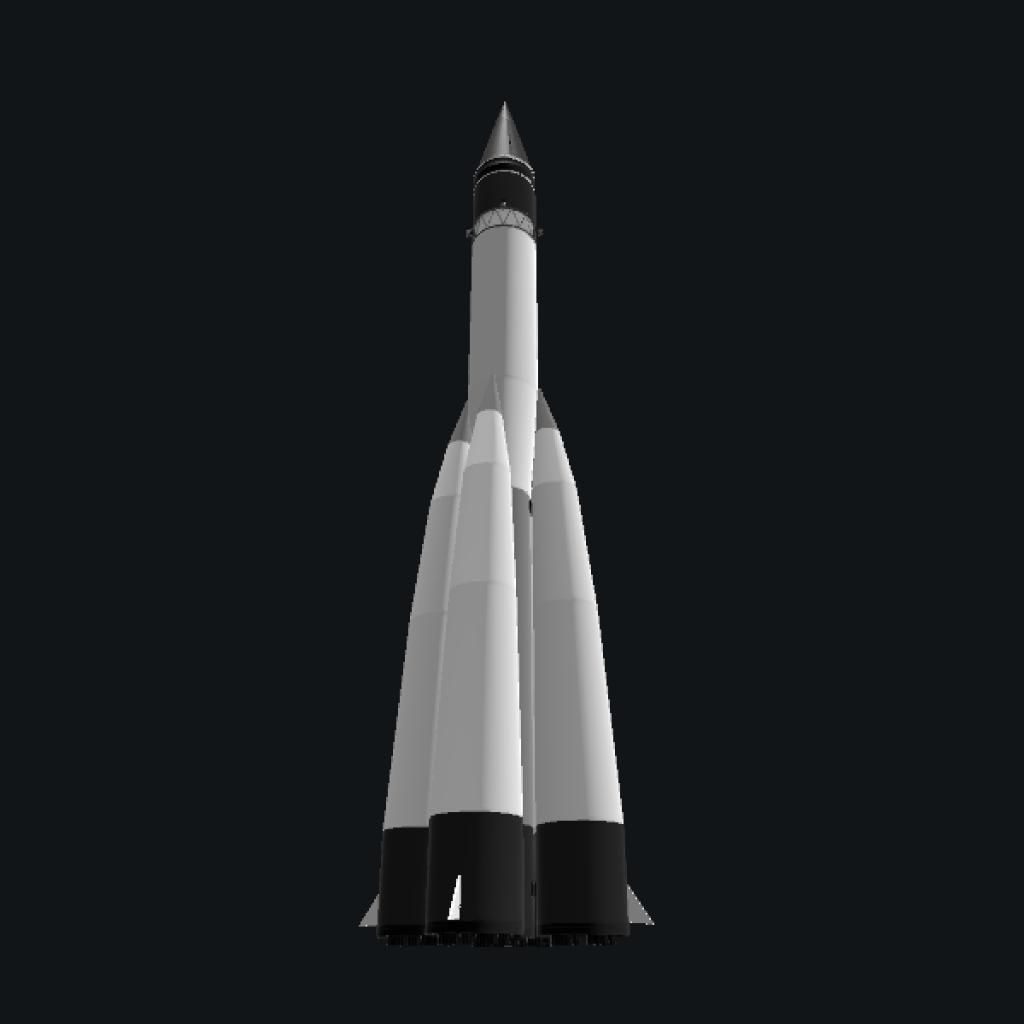Luna 1 or 2 (Luna 1 First man made crafft to flyby the moon and orbit the sun) and (Luna 2 first Manmade craft to impact with the moon)
Luna 1 History:
Luna 1, also known as Mechta (Russian: ????? [m??t??'ta], lit.: Dream),[2] E-1 No.4 and First Lunar Rover ,[3] was the first spacecraft to reach the vicinity of the Earth's Moon, and the first spacecraft to be placed in heliocentric orbit. Intended as an impactor, Luna 1 was launched as part of the Soviet Luna programme in 1959, however due to an incorrectly timed upper stage burn during its launch, it missed the Moon, in the process becoming the first spacecraft to leave geocentric orbit.
While traveling through the outer Van Allen radiation belt, the spacecraft's scintillator made observations indicating that a small number of high-energy particles exist in the outer belt. The measurements obtained during this mission provided new data on the Earth's radiation belt and outer space. The Moon was found to have no detectable magnetic field. The first-ever direct observations and measurements of the solar wind,[3][4][5] a strong flow of ionized plasma emanating from the Sun and streaming through interplanetary space, were performed. That ionized plasma concentration was measured to be some 700 particles per cm3 at altitudes 20–25 thousand km and 300 to 400 particles per cm3 at altitudes 100–150,000 km.[6] The spacecraft also marked the first instance of radio communication at the half-million-kilometer distance.
A malfunction in the ground-based control system caused an error in the rocket's burntime, and the spacecraft missed the target and flew by the Moon at a distance of 5,900 km at the closest point. Luna 1 then became the first man-made object to reach heliocentric orbit and was then dubbed a "new planet" and renamed Mechta (Dream).[7] Luna 1 was also referred to as the "First Cosmic Rocket", in reference to its achievement of escape velocity.
Luna 2 History:
Luna 2 (E-1A series) or Lunik 2 (Russian: ???? 2 or ????? 2) was the second of the Soviet Union's Luna programme spacecraft launched to the Moon. It was the first spacecraft to reach the surface of the Moon, and the first man-made object to land on another celestial body. On September 14, 1959, it hit the Moon's surface east of Mare Imbrium near the craters Aristides, Archimedes, and Autolycus.[1]
Carrier Rocket:
Luna 8K72 History:
The Luna 8K72 vehicles were carrier rockets used by the Soviet Union for nine space probe launch attempts in the Luna programme between 23 September 1958 and 16 April 1960.[1] Like many other Soviet launchers of that era the Luna 8K72 vehicles were derived from the R-7 Semyorka design (a variation of the Vostok), part of the R-7 (rocket family), which is also the basis for the modern Soyuz rocket.
The first flight of a Luna 8K72 (September 1958), which was to launch the Luna E-1 No.1 probe, ended 92 seconds after launch when the rocket broke up from longitudinal vibration (a.k.a. POGO), causing the strap-ons to separate from the vehicle, which then crashed downrange.[2]
The second flight of a Luna 8K72 (October 1958), which was to launch the Luna E-1 No.2 probe, ended 104 seconds after launch when the rocket again disintegrated from vibration.
The third flight of a Luna 8K72 (December 1958), which was to launch the Luna E-1 No.3 probe, ended 245 seconds after launch when the Blok A core stage shut down from loss of engine lubricant.
The resonant vibration problem suffered by the 8K72 booster was the cause of a major argument between the Korolev and Glushko design bureaus over the cause and solution to it. It was believed that the vibrations developed as a consequence of adding the Blok E upper stage to the R-7, shifting its center of mass.
Took 6 straight hours of research and building pls upvote.
GENERAL INFO
- Successors 1 craft(s)
- Created On: Windows
- Game Version: 0.6.9.2
- Price: $33,980k
- Number of Parts: 234
- Dimensions: 54 m x 12 m x 12 m
PERFORMANCE
- Total Delta V: 52.5km/s
- Total Thrust: 8.7MN
- Engines: 49
- Wet Mass: 1.86E+5kg
- Dry Mass: -595,810kg
STAGES
| Stage | Engines | Delta V | Thrust | Burn | Mass |
|---|---|---|---|---|---|
| 1 | 32 | 28.1km/s | 5.6MN | 7.2m | 1.86E+5kg |
| 2 | 0 | 0m/s | 0N | 0s | 23,590kg |
| 3 | 5 | 24.4km/s | 575kN | 2.5m | 23,590kg |
| 5 | 0 | 0m/s | 0N | 0s | 17,458kg |







